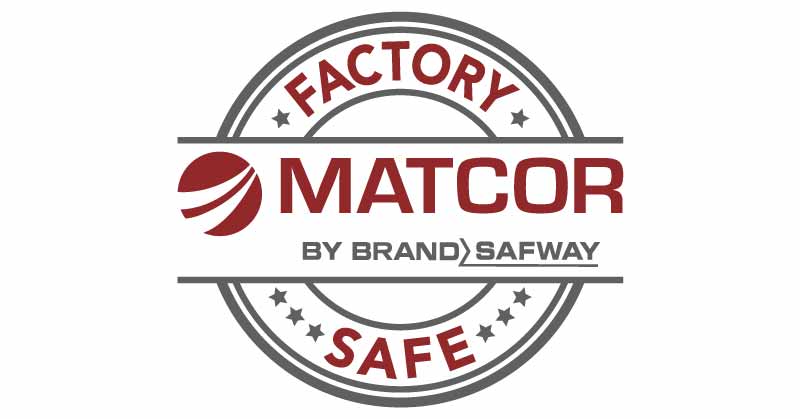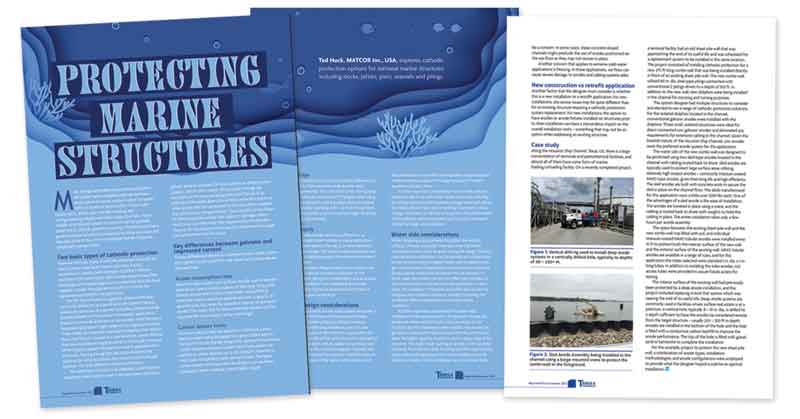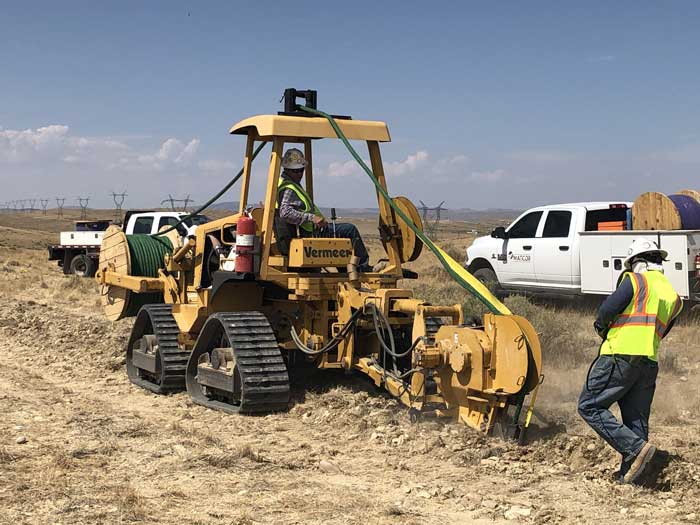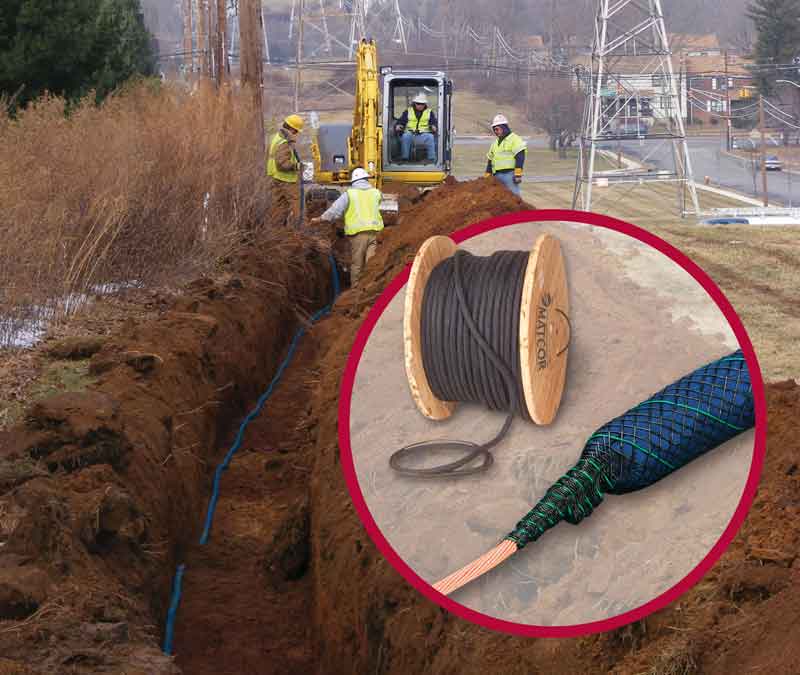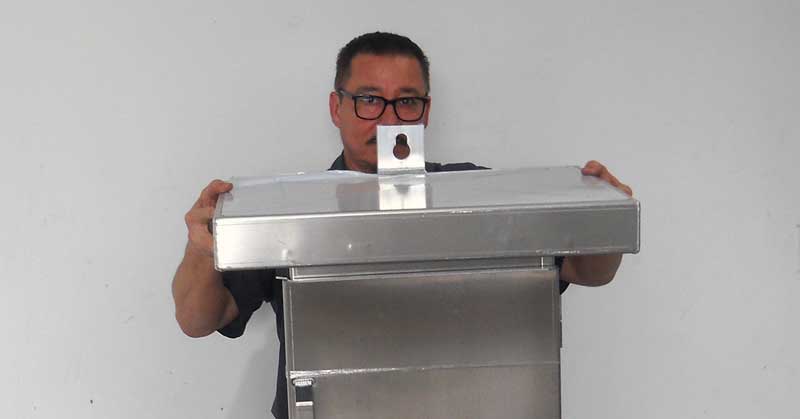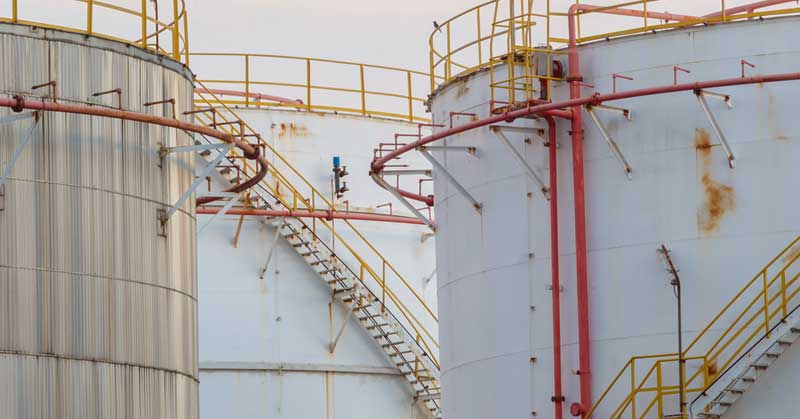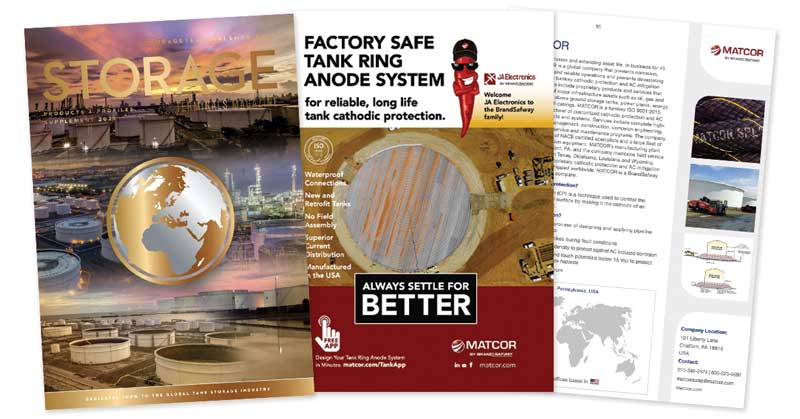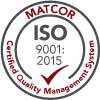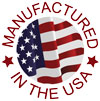
Rusty and Josh Johnston chat about a recent project and case study involving the use of linear anodes for hard to reach places.
This month, MATCOR exhibited at the AMPP Central Area Conference held in Kansas City. MATCOR’s Mr. Josh Johnston, along with Mr. Chad Farris of Energy Transfer, jointly presented a paper—a case story using linear anodes as a shallow horizontal anode bed installed along two pipelines in central Kansas.
Josh: It is always great to get to interact with our friends and industry colleagues, clients, suppliers and competitors to share information and discuss the challenges that our industry faces—especially given the events of the past couple of years. Presenting this paper was a great opportunity to highlight the use of linear anodes to protect hard to reach areas on older pipelines.
Josh: Energy Transfer had two older pipelines that were not meeting criteria in a rural location. As is typical in a lot of pipeline cathodic protection applications, the pipelines were being protected by impressed current anodes located at road crossings where power was readily available. The roads ran parallel to each other and were located one mile apart. The pipeline traversed these two roads and the area in between was mostly farmland. As a result of the age and coating condition, the shallow horizontal anode beds, located at the road crossings, were not able to project much more than a ¼ mile from each end, leaving approximately ½ mile in the center under protected. This was clearly identifiable in the close interval survey (CIS) data.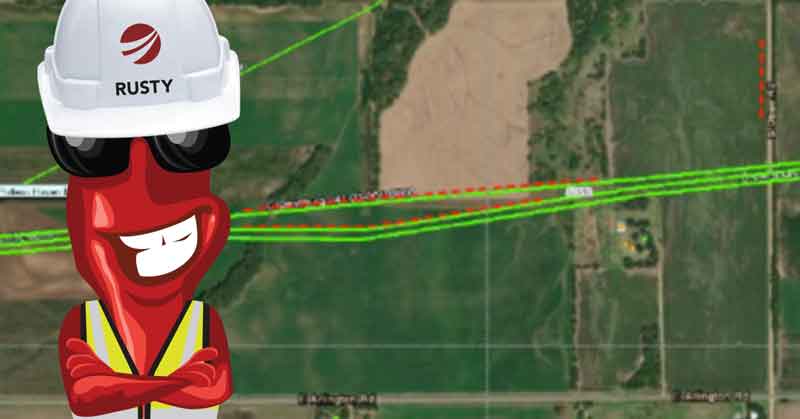
Josh: They tried that approach, and it did not work, raising concerns that driving excessive current onto these older pipelines could actually make the situation worse by further disbanding any coating close to the existing ground beds.
Josh: MATCOR proposed linear anodes be installed parallel to each of the pipelines in the area between the two roads. MATCOR developed the very first MMO (mixed metal oxide) linear anodes over 30 years ago and we have the most experience designing linear anode CP systems.
Josh: Well it does sound easy; however, in practice it is critical that any linear anode design carefully addresses voltage drop, and that the power feed cabling is configured so that each anode segment output is balanced. If this is not engineered properly, you could have a large disparity in the voltage being applied on one end of the anode segment relative to the other end. This would result in a very uneven distribution of current. Discussing the design considerations for the power feed cabling was the primary focus of this presentation.
Josh: MATCOR was able to use some creative cabling analysis and routing to assure that the voltage difference from one end of an anode segment to the other was no more than a 10% variance. The post installation and commissioning CIS data delivered an outstanding current distribution.
Josh: When designed properly, linear anodes can be a real problem-solving solution for older pipelines with current distribution and attenuation issues.
Oh yeah, Kansas City BBQ still rocks!
Have questions or need a quote for linear anodes or installations services? Contact us at the link below. For immediate assistance, please call +1-215-348-2974.

